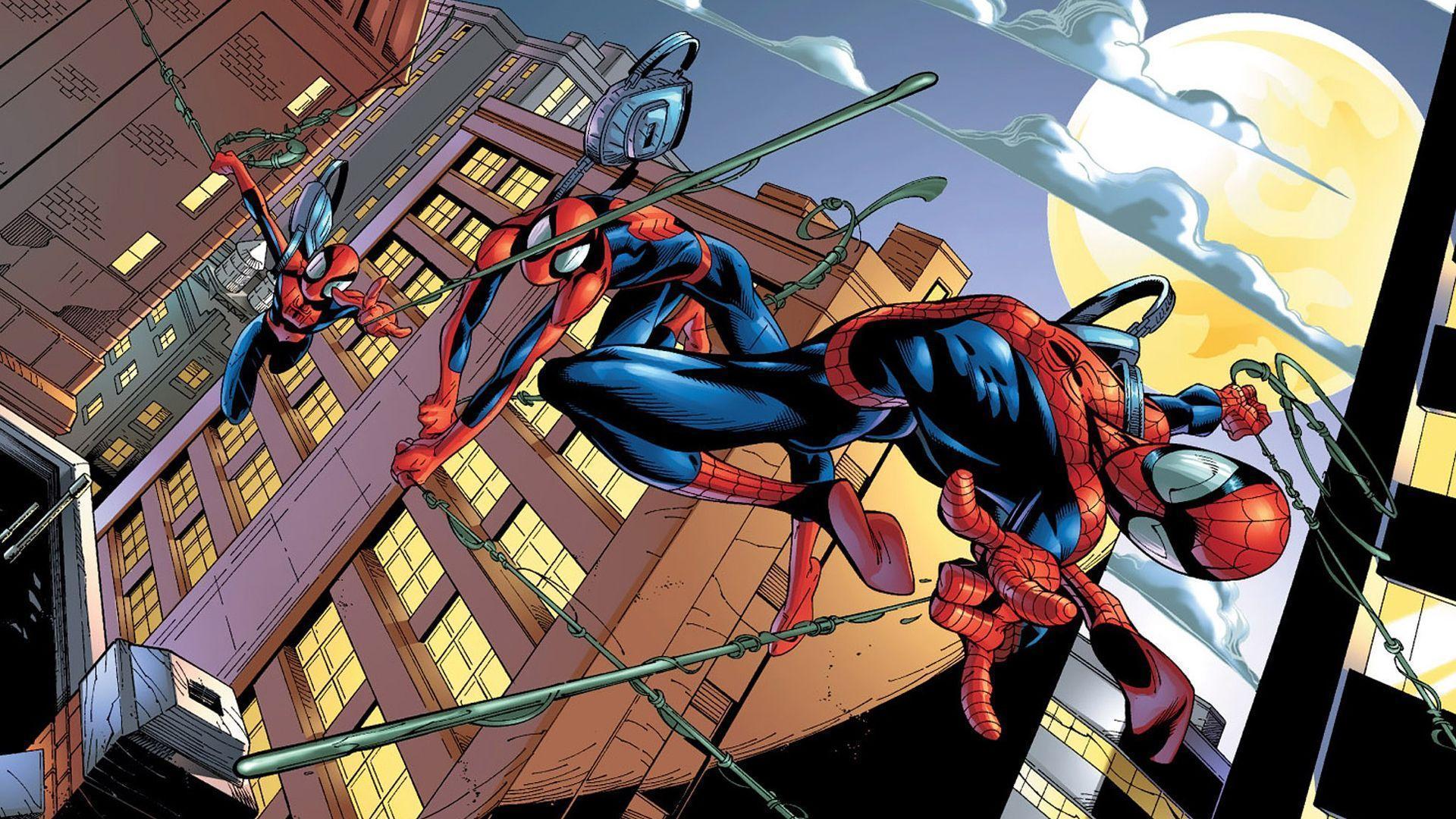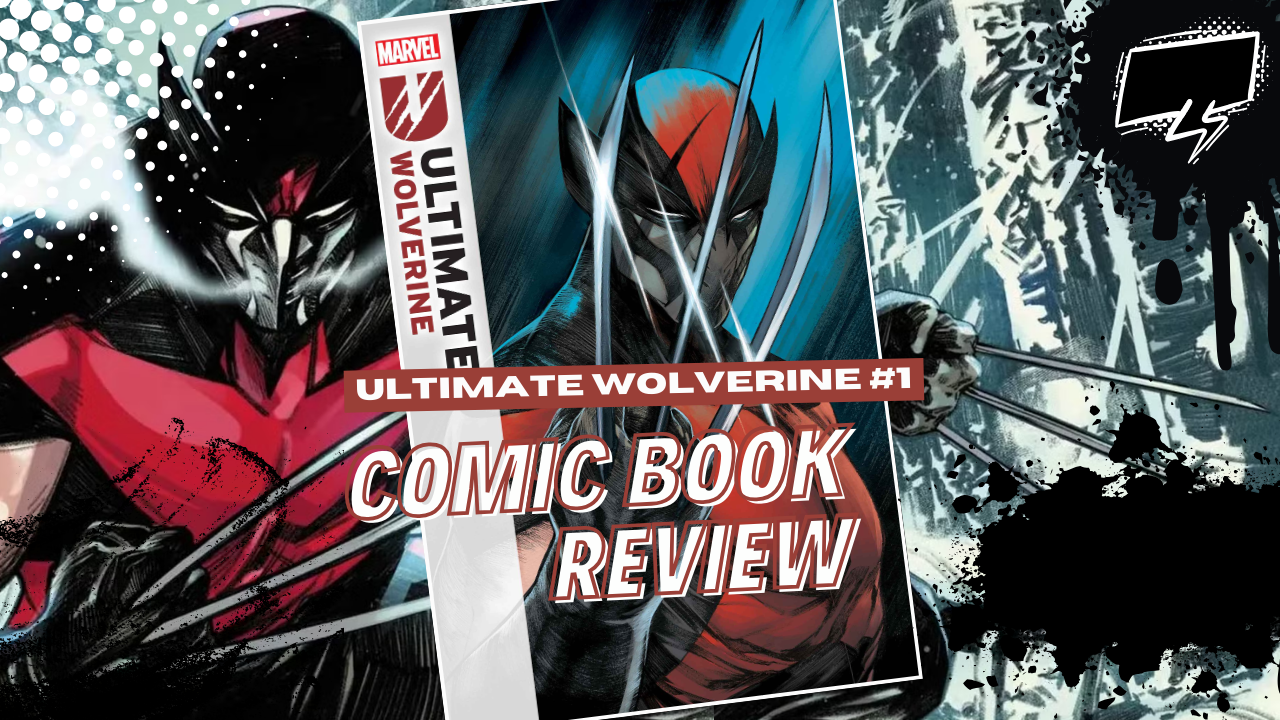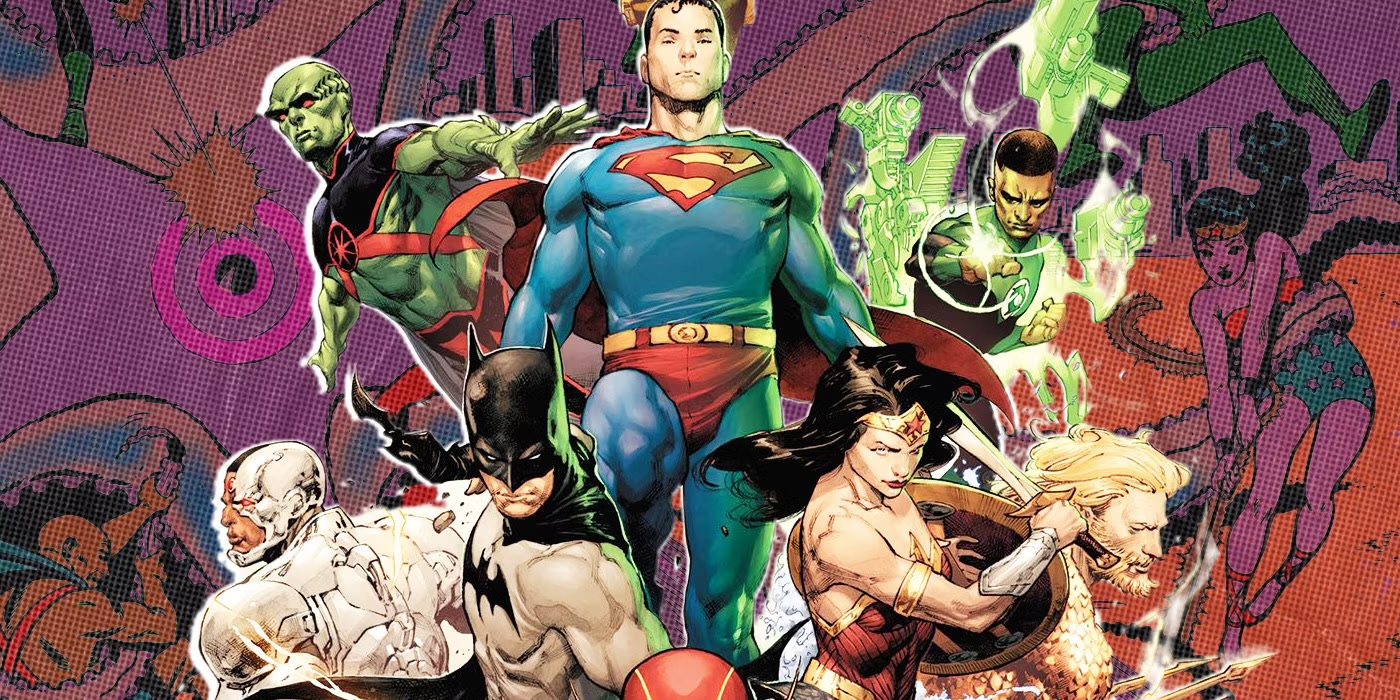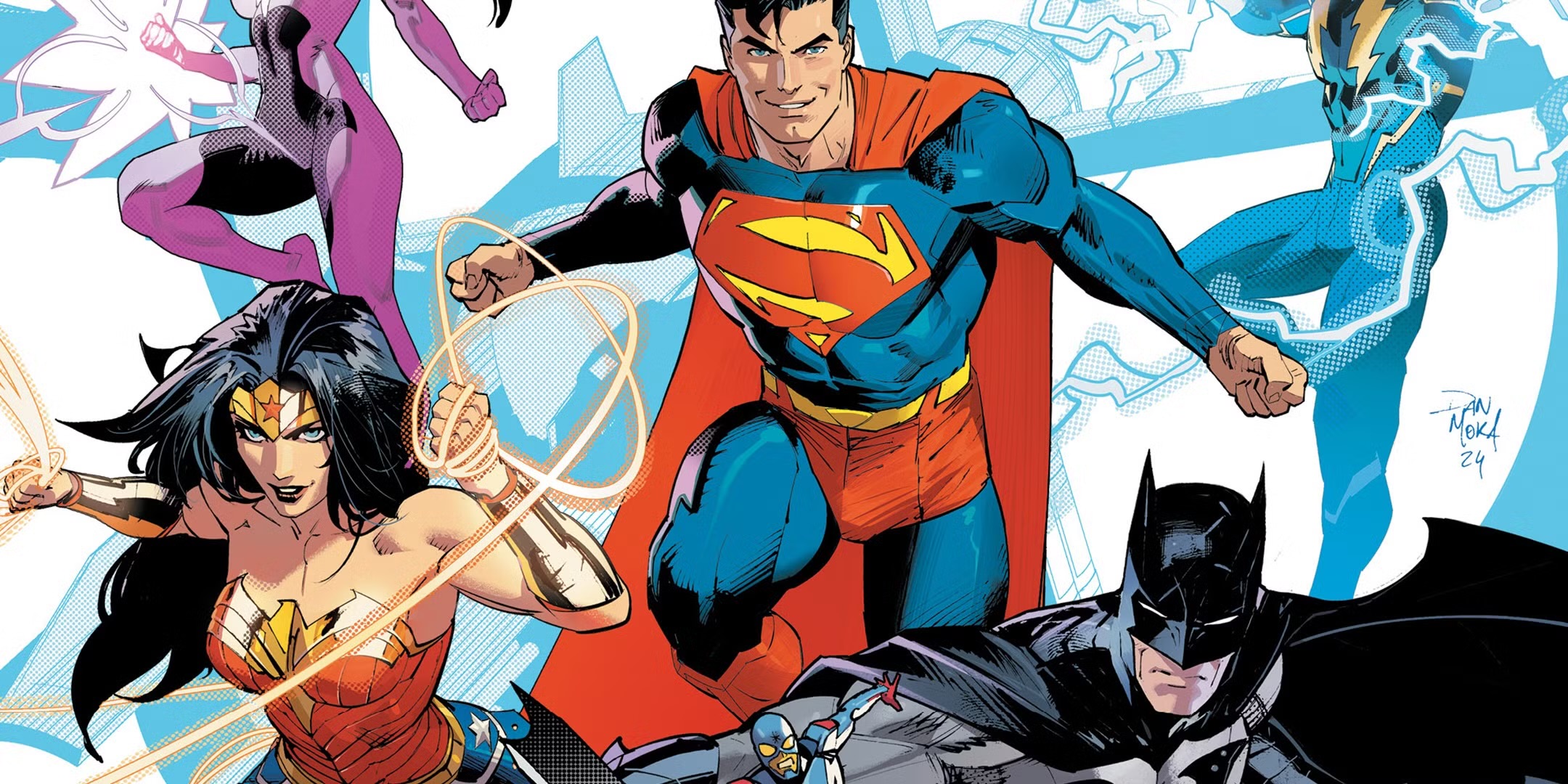In the vibrant landscape of comic book storytelling, few series have left as lasting an impression as Brian Michael Bendis’s “Ultimate Spider-Man.” Spanning more than a decade, from its debut in 2000 to the poignant conclusion in 2011, this revolutionary take on the iconic webslinger reshaped the superhero narrative and became a touchstone for fans across the globe. In this extensive retrospective, we embark on a journey through the highs, lows, and enduring impact of Ultimate Spider-Man.
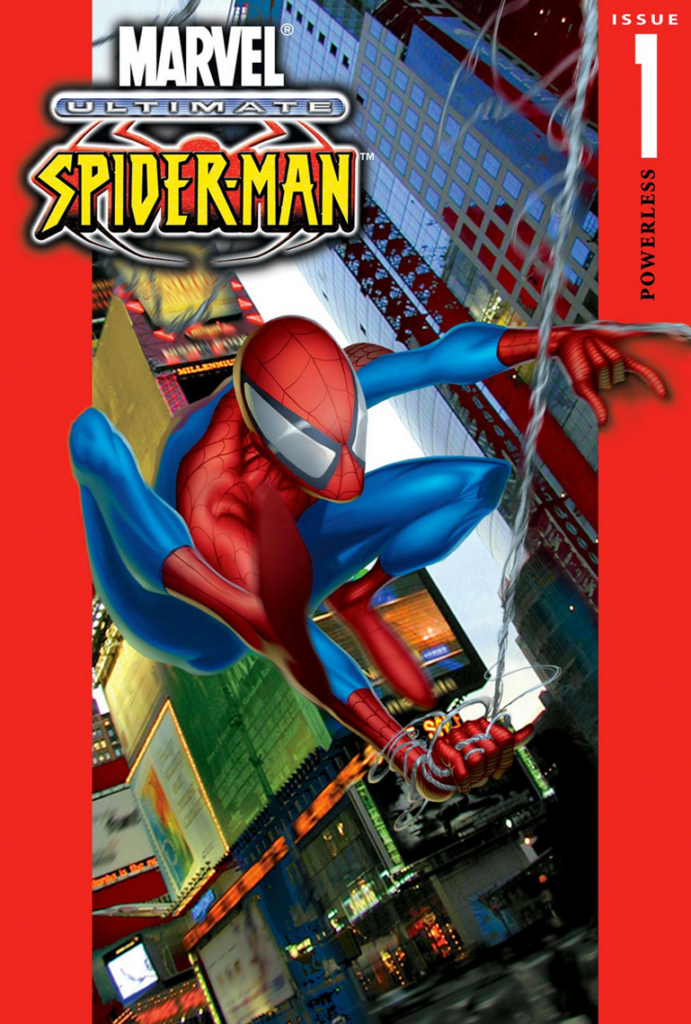
Chapter 1: A Bold Beginning (2000-2001):
As the 21st century dawned, Marvel Comics undertook a bold experiment – to reinvent and contemporize its beloved characters in the Ultimate Universe. Brian Michael Bendis was handed the reins for Spider-Man, and with artist Mark Bagley, he embarked on a journey that would redefine the teenage superhero. The opening arcs reintroduced Peter Parker in a modern high school setting, emphasizing relatability, and laying the foundation for a narrative that resonated with both new and longtime fans.
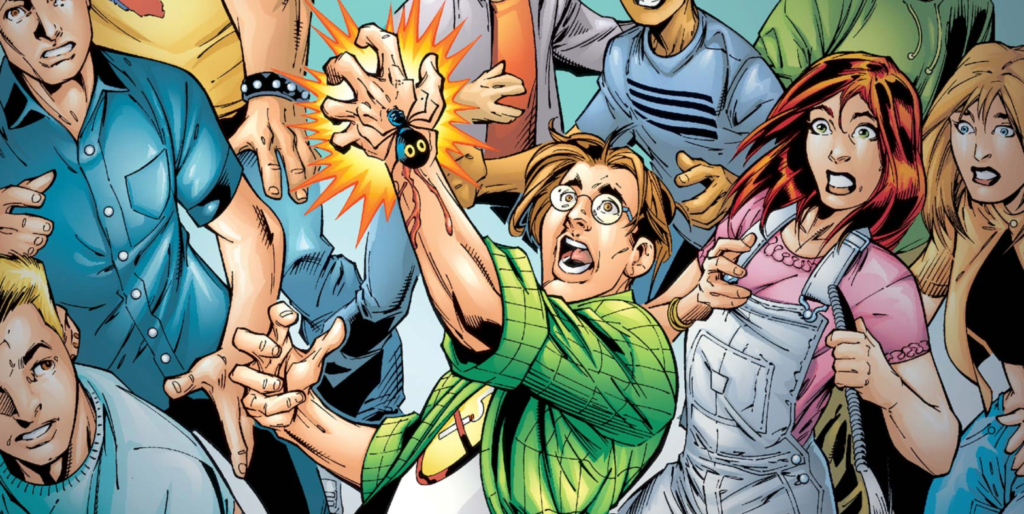
Chapter 2: Character Evolution (2002-2004):
The strength of Ultimate Spider-Man lay not only in its action-packed sequences but in the meticulous exploration of character dynamics. Peter Parker, Mary Jane Watson, Gwen Stacy – each character underwent profound development. The teenage angst, the humor, and the genuine emotion embedded in these pages transcended the traditional superhero formula, transforming them into living, breathing individuals.

Chapter 3: The Bagley Touch (2000-2007):
No retrospective on Ultimate Spider-Man would be complete without acknowledging the artistic brilliance of Mark Bagley. His dynamic, expressive style became synonymous with the series. From the acrobatics of Spidey swinging through the city to the subtle expressions that conveyed a myriad of emotions, Bagley’s art elevated the storytelling to unprecedented heights. The consistency of this creative partnership forged an indelible visual identity for Ultimate Spider-Man.

Chapter 4: The Gwen Stacy Saga (2003-2004):
In a daring move, Bendis revisited the classic Spider-Man storyline of Gwen Stacy’s demise. However, this time, the narrative took an unexpected turn. The introduction of Gwen as a multidimensional character and the subsequent shockwaves her death sent through the series showcased Bendis’s willingness to subvert expectations and breathe new life into well-trodden comic book lore.
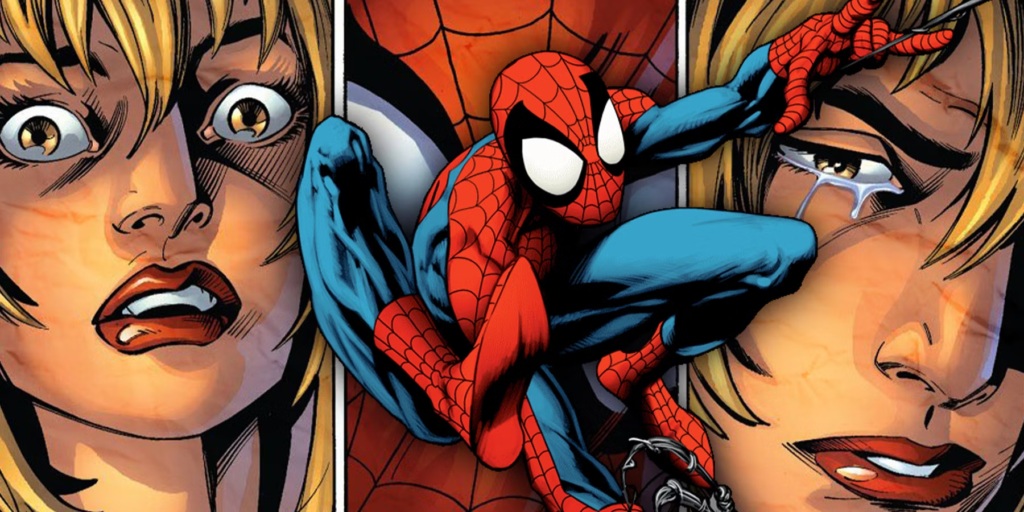
Chapter 5: Venom and the Symbiote Saga (2005-2006):
The arrival of Venom in the Ultimate Universe marked a significant turning point. Bendis and Bagley reimagined the classic symbiote storyline, introducing Eddie Brock as a complex character with ties to Peter’s past. The psychological toll of the symbiote on Peter’s psyche and the relentless pursuit by this new Venom created a narrative tension that resonated with readers.

Chapter 6: Miles Morales and the Passing of the Torch (2011):
In a move that stunned the comic book world, Bendis introduced Miles Morales as the new Spider-Man. This Afro-Latino teenager brought fresh perspectives to the mantle, diversifying the Spider-Verse in a way that echoed beyond the pages of Ultimate Spider-Man. The seamless transition from Peter to Miles showcased Bendis’s commitment to evolving the superhero narrative and pushing the boundaries of representation.
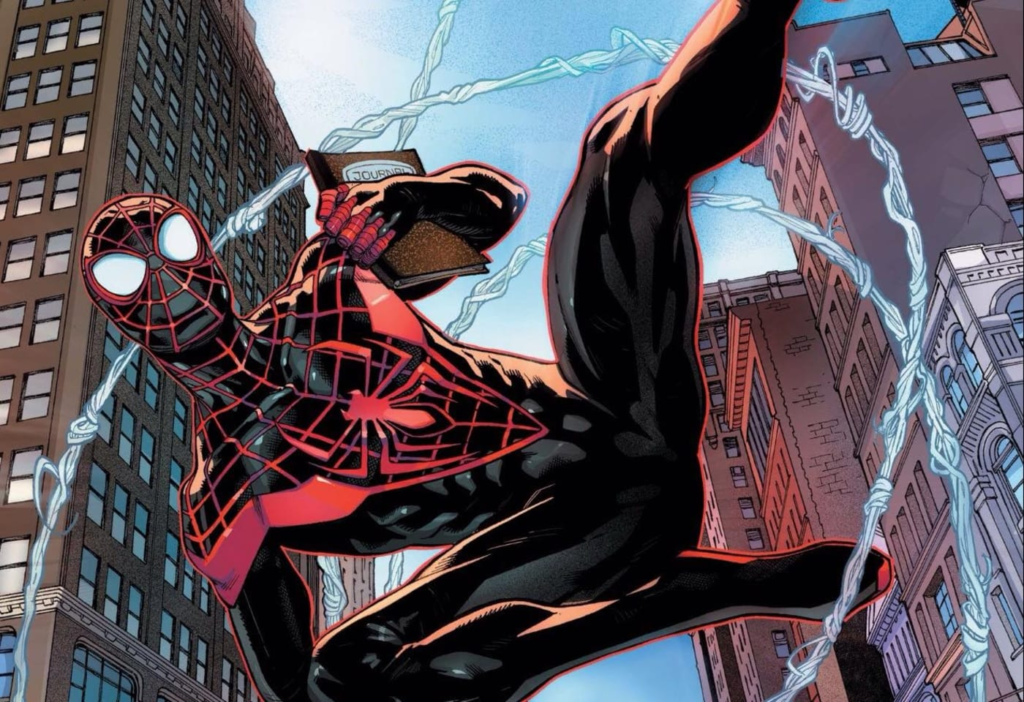
Chapter 7: Ultimatum and the End of an Era (2008-2009):
As the series approached its tenth year, the Ultimate Universe faced cataclysmic events in the “Ultimatum” storyline. Bendis and Bagley delivered impactful moments, including the death of Peter Parker. This seismic shift marked the end of an era, with a new chapter unfolding for the Ultimate Universe. The emotional weight of Peter’s sacrifice lingered, leaving readers in awe of the storytelling depths Bendis dared to explore.
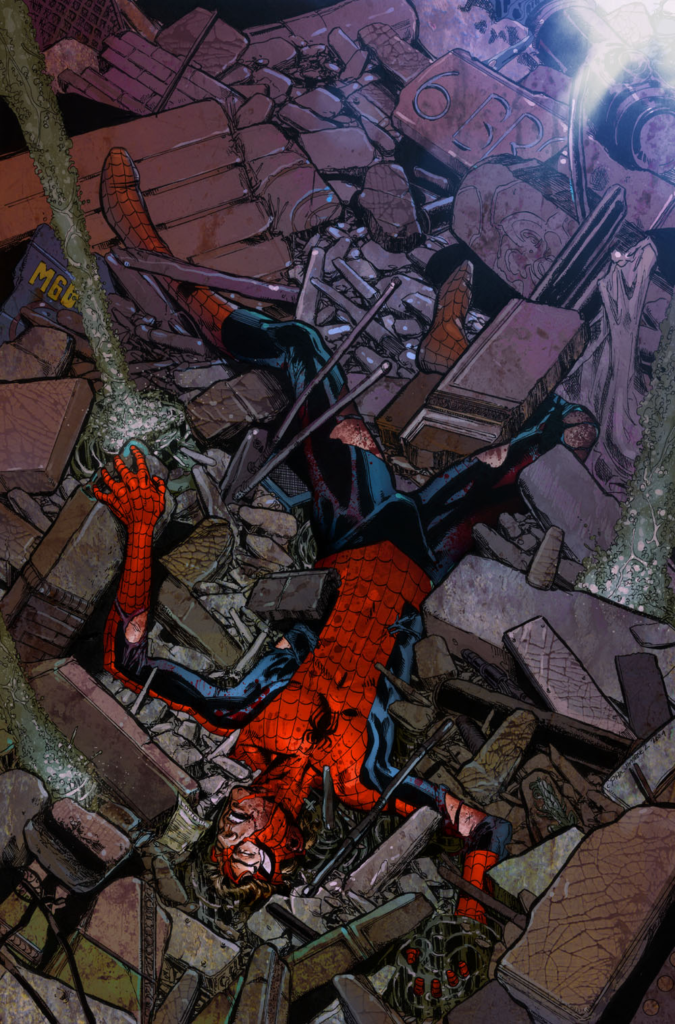
Chapter 8: The Final Arc and Legacy (2009-2011):
The final arc of Ultimate Spider-Man brought closure to the saga that had captivated readers for over a decade. The introduction of the mysterious “Ultimate Comics Fallout” paved the way for Miles Morales to step into the limelight. As the series concluded with “Death of Spider-Man,” the impact of Bendis’s storytelling reached its zenith, solidifying Ultimate Spider-Man as a cornerstone of Marvel’s comic book legacy.
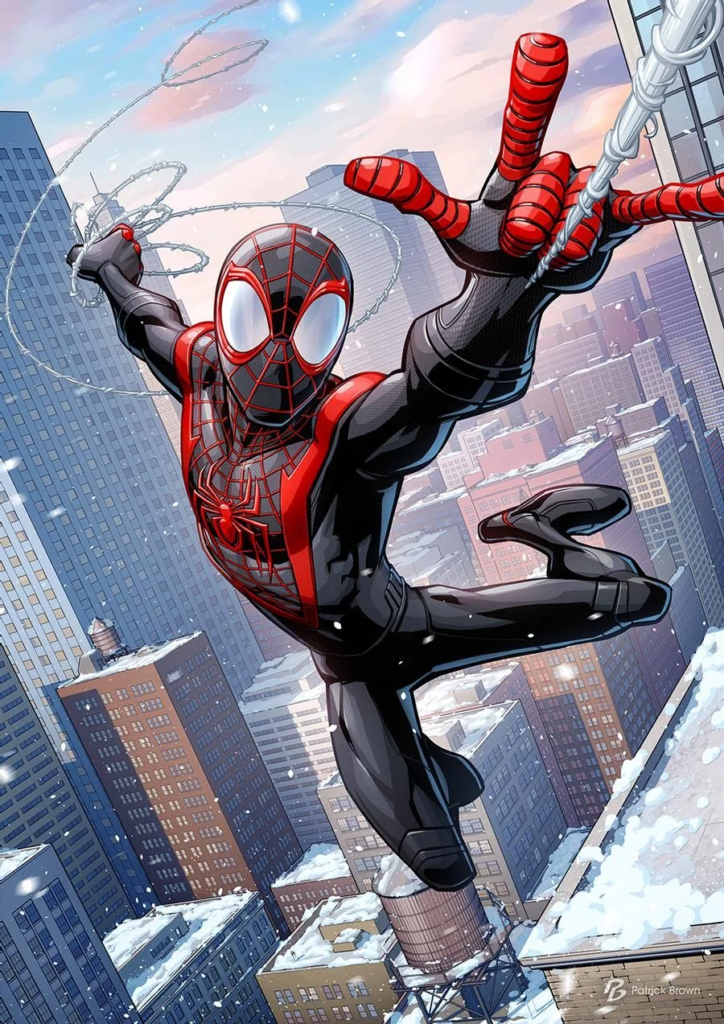
In the tapestry of comic book history, Ultimate Spider-Man stands as a masterpiece that transcends its genre. Brian Michael Bendis, alongside the artistic brilliance of Mark Bagley and subsequent collaborators, crafted a narrative that went beyond the traditional confines of superhero storytelling. From the humble beginnings of Peter Parker to the groundbreaking introduction of Miles Morales, Ultimate Spider-Man not only reshaped the Spider-Verse but left an indelible mark on the entire comic book landscape.
The legacy of Ultimate Spider-Man extends far beyond the pages of its issues. Its impact is felt in the diversity it brought to superhero narratives, in the willingness to challenge established norms, and in the emotional resonance that made readers laugh, cry, and cheer. As we reflect on this two-decade journey, we celebrate not just a comic series but a cultural phenomenon that swung through the annals of comic book history, leaving a web of inspiration for generations to come. Ultimate Spider-Man, in its essence, is more than a superhero story – it’s a testament to the enduring power of storytelling, reminding us that, like Peter Parker, we all have the potential to be heroes in our own right.

